OPC ZITF stand has public in awe
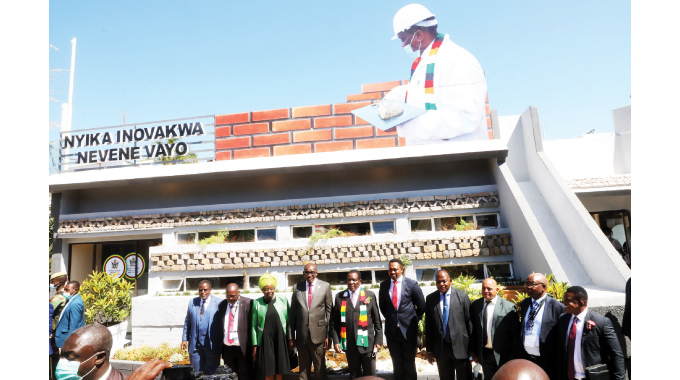
Mashudu Netsianda, Senior Reporter
AN imposing artistic image depicting President Mnangagwa carrying a masonry trowel laden with mortar and building blocks in the background, admirably stood above the Office of the President and Cabinet’s (OPC) pavilion at the Zimbabwe International Trade Fair (ZITF) grounds in Bulawayo.

President Mnangagwa
In the picture, the President is wearing a white helmet and a matching dustcoat with his trademark colourful scarf draped evenly around his shoulders.
The stand is inscribed with words “Nyika inovakwa nevene vayo/ ilizwe lakhiwa ngabanikazi balo”, which translated into English means “a country is built by its owners”, a mantra which President Mnangagwa coined following the advent of the Second Republic.
The ideology is deeply rooted in the Pan African traits of unity and economic emancipation.
The initiative is centred on uplifting the general citizenry in the economic development of the country, opening flood gates of opportunities and giving room for the development of home-grown solutions.
Beyond that, it also adds a body of weight to the African Union’s (AU) Agenda of African Solutions to African Problems.
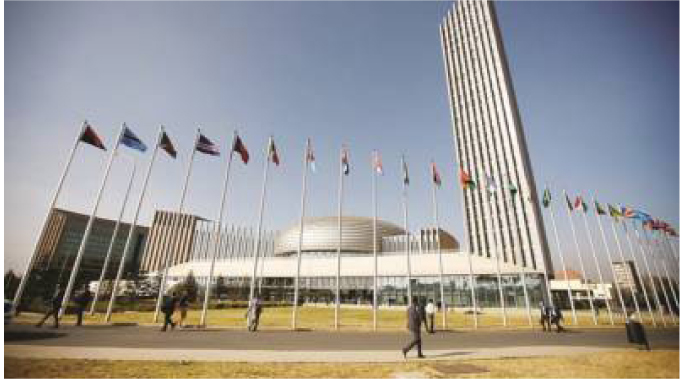
The African Union headquarters in Addis Ababa, Ethiopia
Underneath President Mnangagwa’s image lies impressive chevron designs which resemble architectural features associated with Great Zimbabwe and chequered wall decorations of the Khami National Monument.
Located on a hilltop downstream from Khami Dam, Khami National Monument was the capital of the Torwa dynasty, which arose from the collapse of the Great Zimbabwe Kingdom between 1450-1650.
It was abandoned during the Ndebele incursions of the 19th century. The monument is of great archaeological interest.
The discovery of objects from Europe and China shows that Khami was a major centre for trade over a long period of time.
The designs at the OPC pavilion also incorporate the conical features of the Great Zimbabwe’s Conical Tower, which is inside the Great Enclosure.
The Great Zimbabwe Ruins are the largest collection of ruins in Africa south of the Sahara.

The Great Zimbabwe Ruins
Located in the heart of southern Africa, between the Zambezi and Limpopo Rivers, they are testament to a culture of great wealth and great architectural skill.
Built between the 11th and 15th centuries, Great Zimbabwe Ruins are the largest of their kind on the Zimbabwe Plateau.
Great Zimbabwe is a fusion of manmade and natural beauty whose buildings were made of impressive granite walls, embellished with turrets, towers, decorations and elegantly sculpted stairways.
Most importantly, the country’s name Zimbabwe was derived from the same historic tourist resort Dzimba Dzemabwe which means House of Stones.
Inside the OPC stand, five economic clusters were picked to trace some of the value chains as Zimbabwe remains on course for Vision 2030 whose impetus resonates with the ZITF theme: ‘Re-think, Re-imagine & Re-invent value chains for economic development.’
Chief Director for Strategic Communications in the Office of the President and Cabinet, Retired Major Dr Anywhere Mutambudzi said in designing their stand, the aim was to unpack the aspect of what is happening in terms of value chain exploitation by the five economic clusters.

Chief Director for Strategic Communications in the Office of the President and Cabinet, Retired Major Dr Anywhere Mutambudzi
He said the President Mnangagwa’s image at the stand depicts his commitment to rebuilding the country and the need for citizens to work together in developing the country through production in line with the mantra: “Nyika inovakwa nevene vayo.”
“For us to prosper, we therefore need to re-think, reimagine and reinvent value chains that will ensure we prosper ourselves.
The President, His Excellency, Dr Mnangagwa has given us a vision, but not only that, he gave us an ideology or a philosophy of how Zimbabweans should work to prosper,” he said.
“The philosophy says ‘nyika inovakwa nevene vayo’ and to unpack that, what we then did was to come up with unique designs at our stand that tell a story around that ideology.
If you look at the lower stone work, we have the chequered pattern of Khami Monuments, which was the capital city of Zimbabwe in the pre-colonial times.”
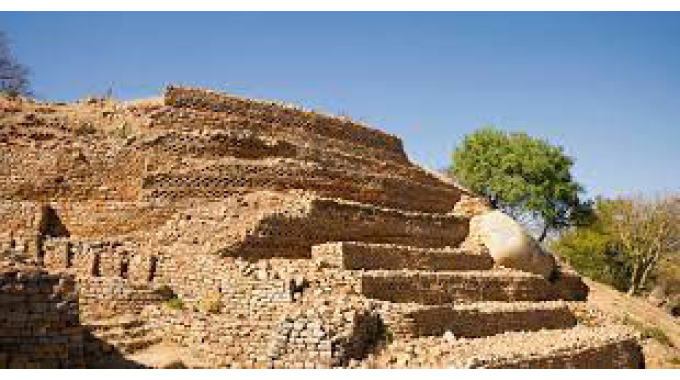
Khami Monuments
Rtd Maj Dr Mutambudzi added: “On top there is a chevron design which identifies with Great Zimbabwe, which was also the capital city of Zimbabwe in pre-colonial era.
We also have a fishbone design, which you also find at Khami.”
“We decided to blend in our designs with our country’s rich heritage and the message being that we are a united people and we have one country to work and develop under the philosophy nyika inovakwa nevene vayo.”
During his tour of stands on Friday ahead of the official opening of the 62nd edition of the ZITF, President Mnangagwa was captivated by the unique artworks at the pavilion.
The stand also conjured up rare scenes of a hive of activity as it generated a lot of attention among visitors at the country’s premier showcase.
“At our ZITF stand, we were actually unpacking the aspect of what is happening in terms of value chain exploitation by five clusters, which we had selected.
The first cluster is whole of Government approach where we are saying how is the OPC driving the Government machinery to ensure that the nation identifies new value chains and those that need to be reinforced as well as allowing those that need to be fed because they are no longer viable,” said Rtd Maj Dr Mutambudzi.
“The other value chain that we are exploiting is innovation and development.
The New Partnership for Africa’s Development (NEPAD), an economic development programme of the African Union, stated that education, research, innovation and development should prosper the Africa continent by leading industrialisation.”
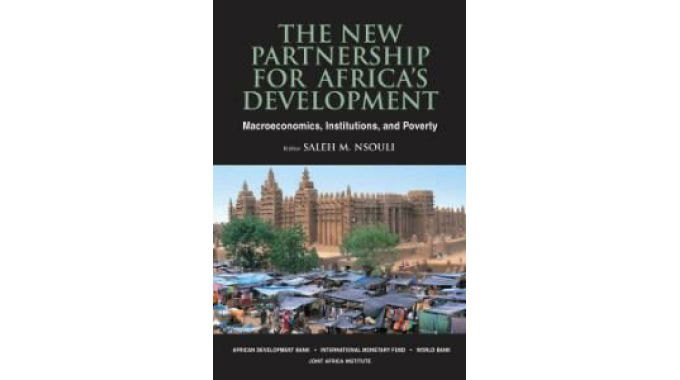
The New Partnership for Africa’s Development (NEPAD)
Rtd Maj Dr Mutambudzi said in line with NEPAD, it is equally important for Zimbabwe to have people inventing technologies that help develop the country.
He said Zimbabwe under the visionary leadership of President Mnangagwa has already taken that path with innovation taking centre stage as evidenced by the establishment of innovation hubs at universities across the country.
“We are showcasing the aspect of competence-based education, Education 5.0, the establishment of innovation hubs in tertiary institutions and universities, the building of vocational training centres and the patents that have come up, looking at the aspect of technopreneurship that is taking that technology which has been invented and making it business viable enterprises,” said Rtd Maj Dr Mutambudzi.
“We are also looking at the issue of infrastructure development as an enabler.
Zimbabwe has embarked on a massive infrastructure development programme. We just chose five clusters because we could not exhaust everything.”
In terms of power and energy generation projects being implemented under the Second Republic, Rtd Maj Dr Mutambudzi singled out the Hwange Thermal Power Station expansion project, which entails the addition of Units 7 and 8 expected to add a combined 600MW to the national grid and SolGas Energy solar project at Cross- Mabale in Hwange District.
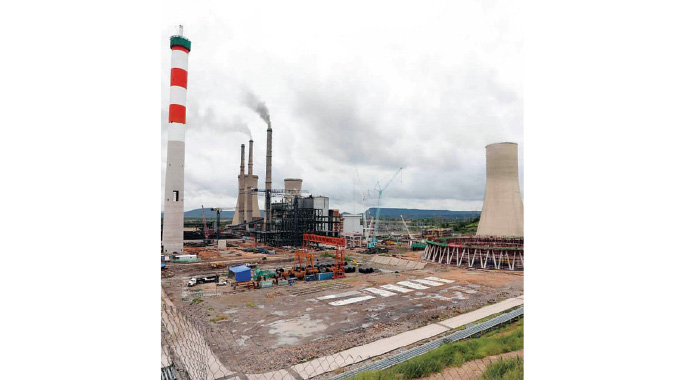
The Hwange Thermal Power Station expansion project
The US$7,3 million solar plant, which was recently commissioned by President Mnangagwa, is the biggest grid-connected solar power plant in Zimbabwe. It has started feeding 5MW solar energy into the national grid.
“The other area is the aspect of road and transport and we are looking at the expansion and rehabilitation of roads such as the Beitbridge-Harare Road, the Beitbridge Border Post upgrade, Robert Gabriel Mugabe International Airport, Joshua Mqabuko Nkomo International Airport and those are the works we are showcasing,” said Rtd Maj Dr Mutambudzi.
“The other one is the aspect of water harvesting with the country building dams across the country such as Lake Gwayi-Shangani, which will address Bulawayo’s water challenges.
Some of these dams will generate electricity and create opportunities for improving livelihoods through providing fisheries and irrigation.”
The water that will be pumped from Lake Gwayi-Shangani will be let off at various points along the way and benefit communities providing them with an opportunity for irrigation.
“We have the aspect of ICT and the efforts that are being put by the Government to improve universal access to the internet.
There is the aspect of the Government reaching out to the people and getting feedback, which is a two-way communication by way of the digitalisation programme that is being undertaken by the Ministry of Information, Publicity and Broadcasting Services,” said Rtd Maj Dr Mutambudzi.
He said in terms of food security schemes such as the National Enhanced Agriculture Productivity Scheme, which is being rolled out as a commercial farming project and Pfumvudza/Intwasa, are key interventions being spearheaded by President Mnangagwa.

“The President has come up with a wide array of programmes under the Presidential Input Support Scheme and these include the horticulture, heifer and fisheries programme among others, which he is sponsoring to ensure that we improve livelihoods and agricultural productivity.
There is the aspect of wealth creation, which the Government is pursuing such as improvement of capacity utilisation,” said Rtd Maj Dr Mutambudzi.
“The President has lately been moving around the country engaging leadership of various companies which are strategic in the country.
His intention being to have an appreciation of how he can then make the Government make interventions that will ensure capacity utilisation.”
Rtd Maj Dr Mutambudzi said through President Mnangagwa’s efforts, capacity utilisation has been growing.
“We are showcasing areas in which new value chains and old value chains that have been improved on are helping in building capacity utilisation.
We are also looking at communities and their endowments,” he said.
“For instance, if you go to Mwenezi they get a lot of marula trees and the President is saying if we can look at innovation and development, we should find a way of turning them into some technology that will unpack them and enable their utilisation.
This is why a marula processing plant was constructed and there are other areas along Goromonzi that do a lot of horticulture which need packaging and processing plants for such products.”
Rtd Maj Dr Mutambudzi said in Binga district, President Mnangagwa recently handed over fishing rigs to local chiefs and communities in a bold empowerment initiative that is expected to transform livelihoods in the remote district.
“The President went to Binga where he realised that the resources that are available in that area that can be exploited by locals include the Mighty Zambezi River.
He therefore then decided to empower communities with fishing rigs so that they can catch fish and improve on nutrition,” he said.
“This is a business project which will improve livelihoods and also promote tourism, and ensure that water is tapped from Zambezi River for other use and that is what we are exhibiting as OPC.
@mashnets

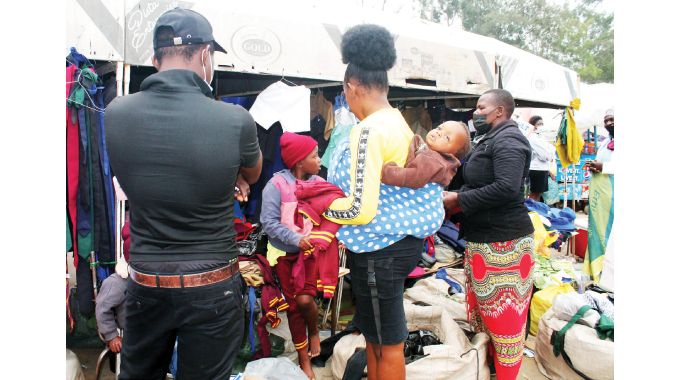
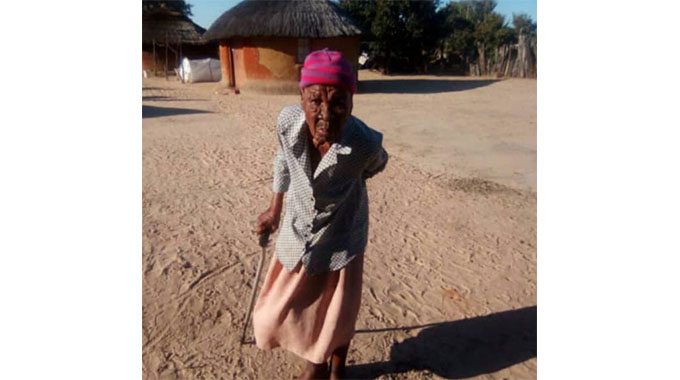

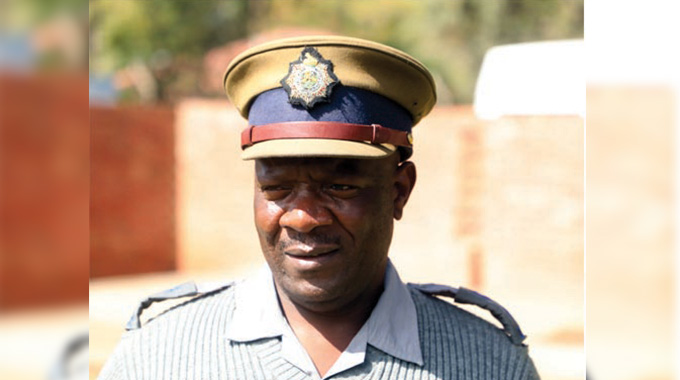





Comments